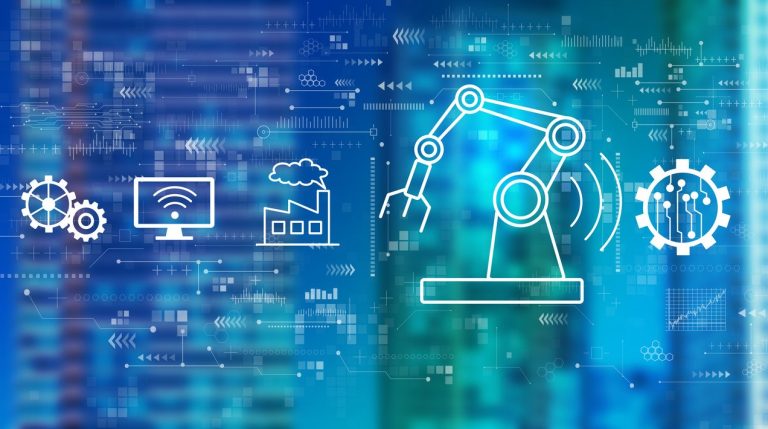Digital Economy

Powered by :

Vietnam Embracing Digitalisation for a Sustainable Future
Samaya Dharmaraj
April 16, 2024

CSIRO Empowering SMEs in Advanced Manufacturing
Alita Sharon
April 15, 2024

OpenGov TV Speaker Panel – Know Your Customers
Part 3 of our OpenGov TV Speaker Panel series with OneConnect.
Listen to experts talk about the importance of KYC (Knowing Your Customers)!









